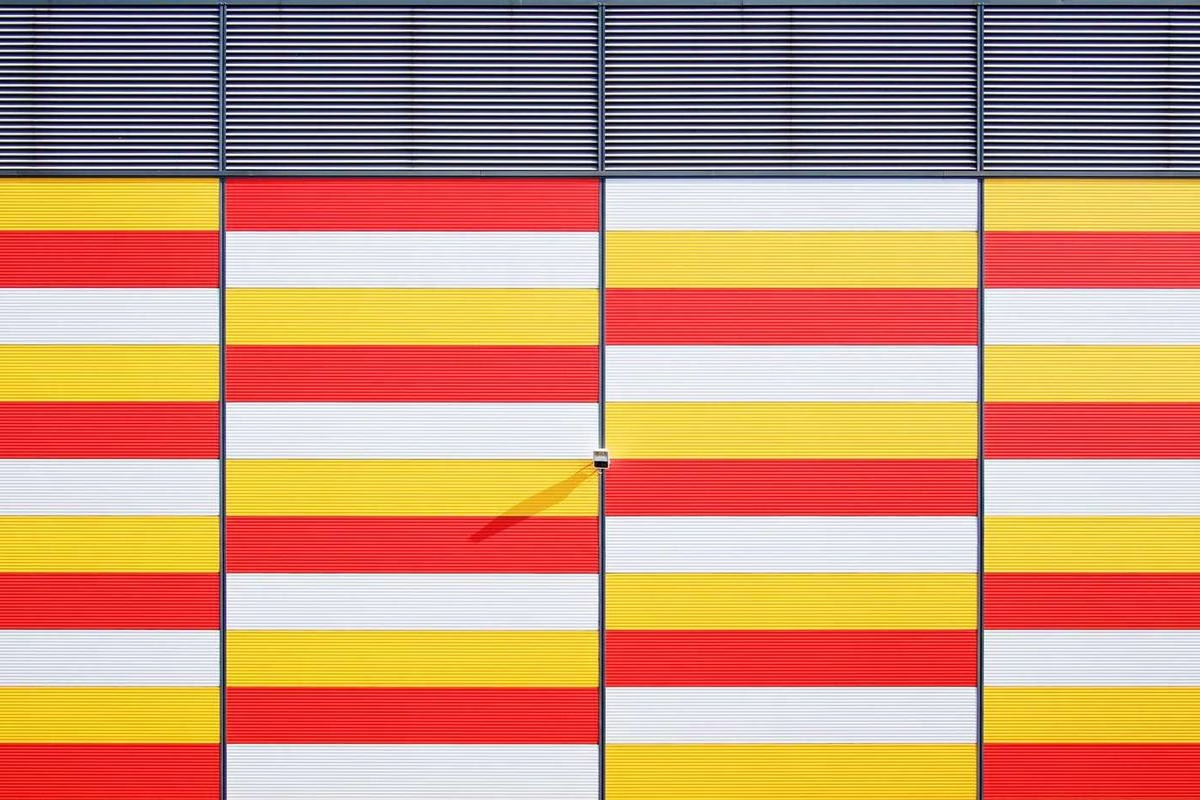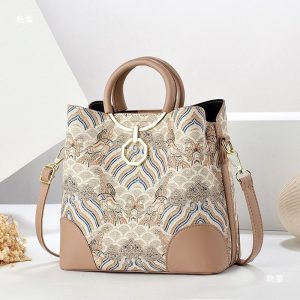Background
Norse mythology, the rich tapestry of stories, beliefs, and legends from the pre-Christian Scandinavian world, continues to captivate the modern imagination with its complex deities, epic battles, and profound themes of fate and heroism. Originating from the oral traditions of the Vikings and other Germanic peoples, these myths were eventually recorded in medieval texts like the Poetic Edda and the Prose Edda, preserving a worldview where gods, giants, and humans coexisted in a universe poised between creation and destruction. Unlike many mythologies that emphasize moral absolutes, Norse tales often explore the gray areas of existence, where even the gods are flawed, mortal, and bound by the inexorable weave of destiny.

Why It Matters
At the heart of Norse cosmology lies Yggdrasil, the immense world tree that connects the nine realms, including Asgard, home of the Aesir gods; Midgard, the world of humans; and Jotunheim, the land of the giants. This cosmic structure reflects a worldview deeply intertwined with nature and the cycles of life and death. The gods themselves, such as Odin the All-Father, Thor the thunder-wielding protector, and Loki the cunning trickster, are not omnipotent beings but rather powerful entities who must constantly struggle against threats like the giants and the eventual coming of Ragnarok, the apocalyptic battle that will end the current world order.
The pantheon of Norse gods is remarkably human in their virtues and vices, making them relatable despite their divine status. Odin’s relentless pursuit of wisdom, which cost him an eye, speaks to the value placed on knowledge and sacrifice. Thor’s bravery and strength, often channeled through his hammer Mjolnir, embody the ideal of the warrior protector, while his occasional impulsiveness highlights the very mortal trait of fallibility. Loki, perhaps the most complex figure, oscillates between ally and adversary, his mischief sparking both calamity and resolution, illustrating the Norse appreciation for ambiguity and the unpredictable nature of existence.
According to a recent study, public interest in Norse mythology has surged by over 300% in the past decade, driven largely by its portrayal in popular media (Journal of Cultural Analytics, 2022). This resurgence is not merely a passive consumption of entertainment but often sparks deeper engagement with historical texts and archaeological findings, suggesting that modern retellings serve as a gateway to authentic cultural exploration. The study notes that adaptations, while sometimes taking creative liberties, help keep these ancient stories relevant, allowing new generations to find meaning in themes like resilience, identity, and the struggle against chaos.
One of the most compelling aspects of Norse mythology is its vision of the end times: Ragnarok. Unlike the linear narratives of many religions, the Norse cosmos is cyclical. Ragnarok is not a final defeat but a necessary destruction that clears the way for rebirth. Gods like Odin and Thor fall in battle against cosmic forces, the world is consumed by fire and water, and yet, from the ashes, a new world emerges, inhabited by survivors and a new generation of gods. This theme of renewal through catastrophe resonates deeply in an era grappling with environmental and existential crises, offering a narrative of hope amidst despair.
The influence of Norse mythology extends far beyond its medieval origins, permeating modern literature, art, and even language. J.R.R. Tolkien drew heavily from these myths in creating Middle-earth, with dwarves, elves, and the concept of a world tree echoing Norse motifs. Similarly, Richard Wagner’s operatic cycle Der Ring des Nibelungen reimagined Germanic legends, while contemporary blockbusters and series have introduced Thor and Loki to global audiences. Even the days of the week in English—Thursday (Thor’s day), Wednesday (Odin’s day)—are linguistic fossils of this enduring legacy.
What makes Norse mythology particularly timeless is its embrace of paradox and impermanence. The gods are powerful yet doomed, the universe is orderly yet chaotic, and heroism is often measured not by victory but by the courage to face inevitable fate. This nuanced perspective challenges simplistic moral binaries and invites reflection on the human condition. In a world increasingly seeking certainty, the Norse myths remind us that uncertainty, struggle, and even failure are integral to growth and transformation, ensuring their stories remain as relevant today as they were a thousand years ago.
You May Also Like
Ancient Craftsmanship & ICH Herbal Beads Bracelet with Yellow Citrine & Silver Filigree Cloud-Patterned Luck-Boosting Beads
Original price was: $128.00.$89.00Current price is: $89.00. Add to cart- handmade-tote-ethnic-boho-large-capacity-shoulder-bag/" class="woocommerce-LoopProduct-link woocommerce-loop-product__link">Add to cart


Guangxi Zhuang Brocade Handmade Tote – Ethnic Boho Large-Capacity Shoulder Bag
Original price was: $172.00.$150.00Current price is: $150.00. Add to cart Handwoven Zhuang Brocade Tote Bag – Large-Capacity Boho Shoulder Bag
Original price was: $178.00.$154.00Current price is: $154.00. Add to cartThe Palace Museum Paper-Cut Light Art Fridge Magnets: Chinese Cultural Style Creative Gift Series
Price range: $27.00 through $36.00 Select options This product has multiple variants. The options may be chosen on the product page






